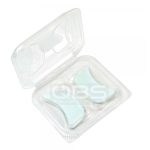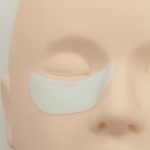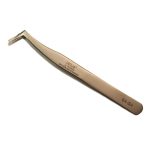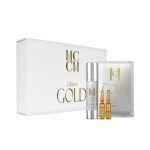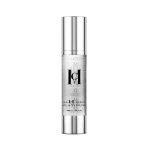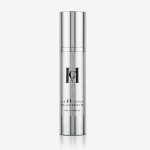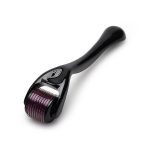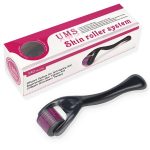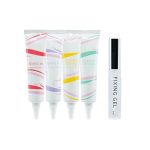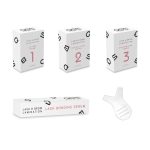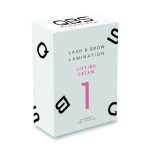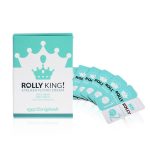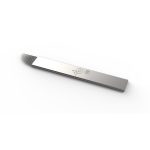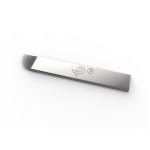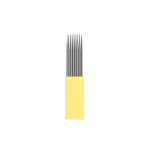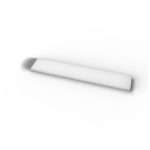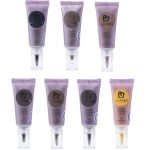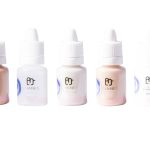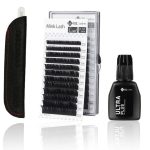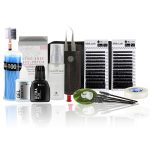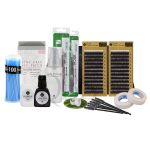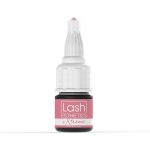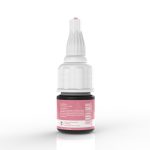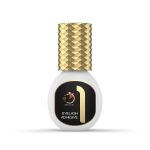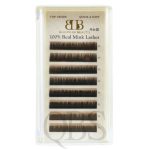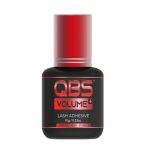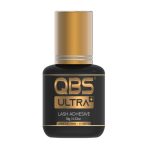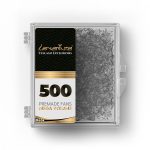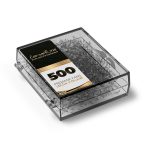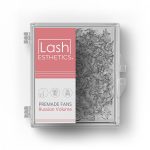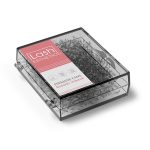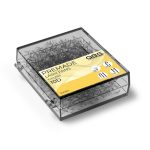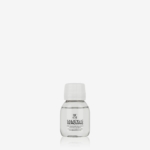Weekly chemical exfoliation is what everyone should be doing, no matter the skin type. Such a regimen not only disposes of accumulated dead skin cells that cause skin dullness and clogged pores, but also stimulates the skin cell renewal, providing a glowing, youthful look. One of our best products created for this purpose is MCCM Salicylic Removing - when used regularly, it visibly brightens the complexion as well as enhances the benefits of the rest of your routine. Formulated with Salicylic Acid and MCCM Azelaic Acid, it revitalizes the skin with twice as much power.
The rejuvenating properties of Salicylic Acid have been known for thousands of years. Already in the first century AD, the substance was extracted from willow bark to treat calluses and corns. However it was not until the 1860s when the exfoliating activity of Salicylic Acid has been officially documented by Paul Gerson Unna, a German dermatologist.
How does Salicylic Acid works?
Being a beta-hydroxy acid, Salicylic Acid is lipid-soluble, meaning it can penetrate the skin better than non-lipophilic substances. This property is of use when the acid removes intercellular lipids what facilitates skin peeling. Besides such an activity, it also extracts proteins found in desmosomes - another type of intercellular junctions. Subsequently, the cohesion between superficial epidermal cells is lost, leading to their effective exfoliation. That, on the other hand, is followed by the regeneration of new epidermal and dermal tissues. The skin texture becomes smoother while its tone - more even.
Furthermore, Salicylic Acid is shown to regulate one’s sebum production. In addition to its keratolytic and comedolytic effects, such a property is extremely helpful in the treatment of acne vulgaris, especially the comedonal type. Moreover, it has been proven effective in hyperpigmentation, post-acne erythema, open and closed comedones, melasma, photodamage, freckles and lentigines.
At the same time, Azelaic Acid is a so-called dicarboxylic acid (DCA). It falls neither into the AHA nor BHA category, nonetheless it provides even more benefits. Besides being an extraordinary keratolytic agent, it possesses anti-inflammatory and antibacterial characteristics. The acid notably reduces the free radical production, mitigating inflammation, as well as inhibits the growth of pathogenic bacteria including the acne-causing species. Additionally, it inhibits the activity of tyrosinase - a key enzyme in the process of melanogenesis, or skin pigment produciton. It makes it stand out among the treatment options for hyperpigmentation of various origin, inter alia post-inflammatory hyperpigmentation as well as melasma. Lastly, the substance actively normalizes the function of the sebaceous glands, further preventing the formation of comedones. Azelaic Acid is used on its own or in adjuction to another treatment in acne vulgaris, both in comedonal and pustular types.
Can I use Salicylic Removing as a pretreatment solution?
MCCM Salicylic Removing has been specially formulated as a pretreatment solution. Apart from renewing the skin on its own, it prepares the complexion for the application of the subsequent products and allows them to penetrate more deeply into the skin. Apply it once or twice a week on the freshly cleansed face (and neck if you want to) with a cotton pad or pat it gently into the skin with your hands. Rinse off after 5-10 minutes.
Both Salicylic Acid and Azelaic Acid are safe to use, irrespective of the skin type or colour. Nevertheless, there exist some contraindications which should make you stop or suspend your treatment - these include:
- pregnancy - as much as Azelaic Acid is 100% safe during pregnancy, the use of Salicylic Acid peels is not recommended during this period; the acid structurally resembles aspirin, which can cause miscarriage, birth defects, bleeding complications and salicylism.
- allergy or contact dermatitis to salicylates or Azelaic Acid
- active dermatitis/infection/wound at the site of the peeling
- concurrent use of topical retinoids or concurrent isotretinoin treatment
- skin malignancy.
Simultaneously, do not worry if your skin needs some time to adjust to a new product. Acids naturally can cause mild itching, burning, reddening and irritation at the site of application, nonetheless the symptoms should not be too cumbersome and usually subside after a week or two. In addition, do not forget to use a high SPF sunscreen when using MCCM Salicylic Removing as acids make the skin more sensitive to the sun rays.
MCCM Salicylic Removing and other products mentioned in this article are available to order with free next day delivery from our store. Quality Beauty Store is exclusive distributor of MCCM Medical Cosmetics in the United Kingdom.
